

Opening the Eye of Heaven to Explore the Future
In "Treatises on Astronomy", a chapter in the History of Song, there was a record of a strange celestial event. In the early morning of the fifth month of the lunar calendar in 1054 A.D., a dazzling star suddenly appeared in the sky, brighter than all the other celestial bodies. It was clearly visible during the day, even the sun could not outperform the brightness of this celestial body. The light of this star did not begin to dim until more than one year later. The historian who recorded this celestial event did not realize that it was actually a supernova explosion 6,500 light-years away from Earth. This explosion created a timeless link between the ancients of a millennium ago and the astronomers of today.
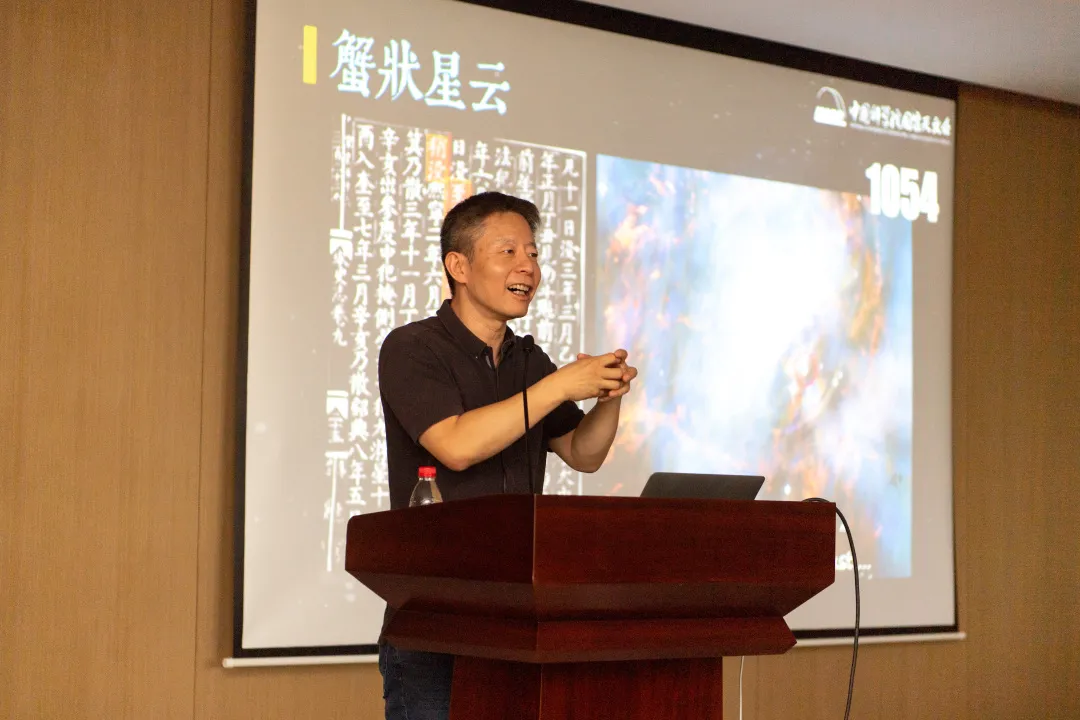
"In the 1960s, some astronomers discovered a pulsar by using radio telescopes. With a periodic pattern and a high frequency, it was located right at the center of the Crab Nebula in the Taurus constellation. Through further observation and analysis of the Crab Nebula and the pulsar, we finally determined that they were created in a supernova explosion more than 900 years ago. That explosion also happened to be observed by astronomers during the Song Dynasty," said LI Di, a radio astronomer and Chief Scientist of the Five-hundred-meter Aperture Spherical Radio Telescope of the National Astronomical Observatories of China. On August 2, he gave a lecture at Zhejiang Lab and told the audience this romantic story that transcends space and time.
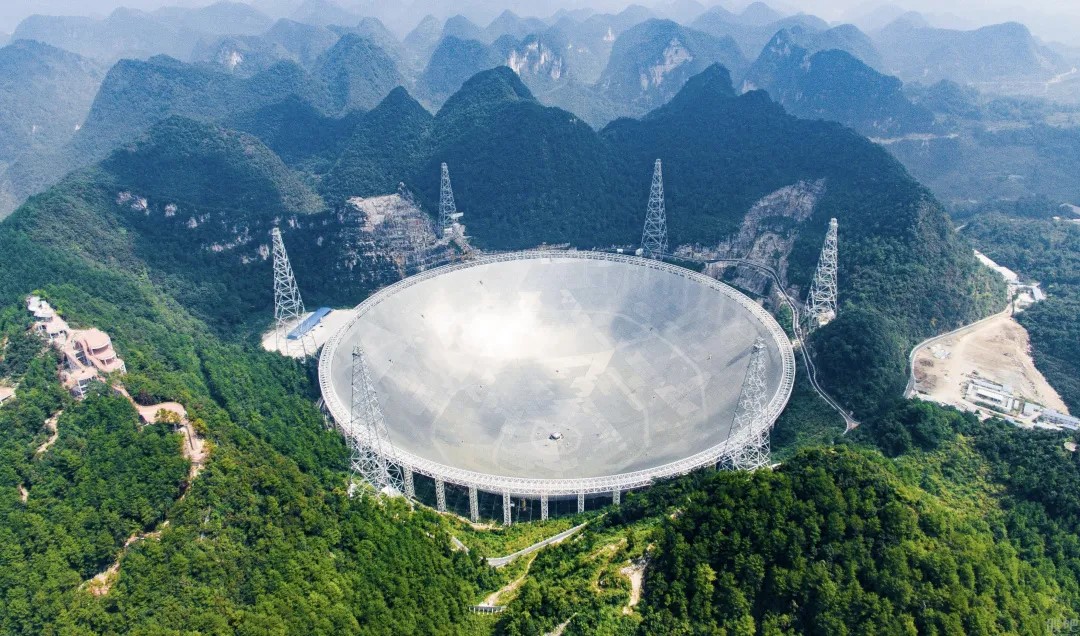
The Five-hundred-meter Aperture Spherical Radio Telescope (FAST) is the largest and most sensitive single-aperture radio telescope in the world. In China, it is known as the Eye of Heaven. FAST has a feed cabin that can collect and sense electromagnetic fields such as cosmic signals reflected by the reflective panels. Relevant data will then be processed by a terminal supercomputing system to form the observation results. The observation capability of FAST is nine times better than that of the 100-meter radio telescope in Bonn and 1.15 times better than the 300-meter telescope in Arecibo. FAST can help scientists discover astronomical phenomena such as pulsars and fast radio bursts, as well as provide infinite possibilities for the verification of scientific questions such as gravity theory, galaxy evolution, the origin of life, and even the existence of extraterrestrial life.
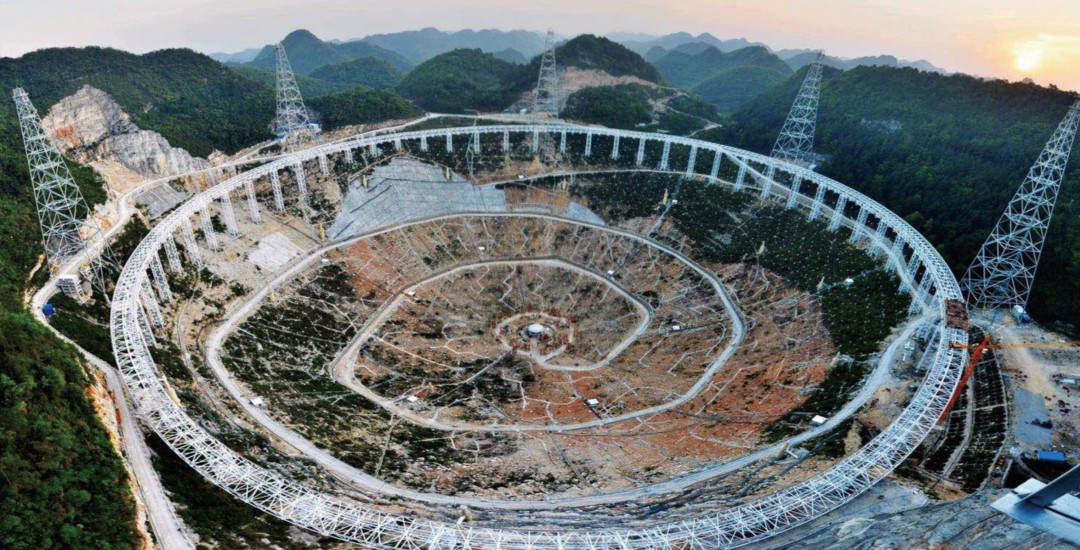
In 2007, when the global academic community was still debating the form of the next-generation radio telescopes, the FAST project officially began as a National Major Scientific Project approved by the National Development of Reform Commission of China for the 11th Five-Year Plan. LI Di joined the project in 2008, and has been working closely with this "giant eye" that looks up at the sky.
Building such a large research facility was not without challenges. Mr. NAN Rendong, initiator and founder of the FAST project, visited hundreds of depressions in the mountains of Guizhou with his team and finally chose to build the telescope in Dawodang, Pingtang. "The karst topography in Guizhou satisfies the geomorphological conditions we need to build FAST. It can support the cauldron structure of FAST," said LI.
The construction of FAST started in 2011. "More than 4,000 reflector units are integrated into the surface of this 500-meter cauldron. With the assistance of cranes, each reflector unit is installed by construction workers on a cable-net structure 20 to 30 meters above the ground. It took about a year for us to complete the accurate installation of all reflector units," said LI. Led by Mr. NAN Rendong, the FAST engineering team devoted themselves to the construction of this facility, making no compromise as they worked in the muddy terrain of Dawodang. The construction was completed in 2016.
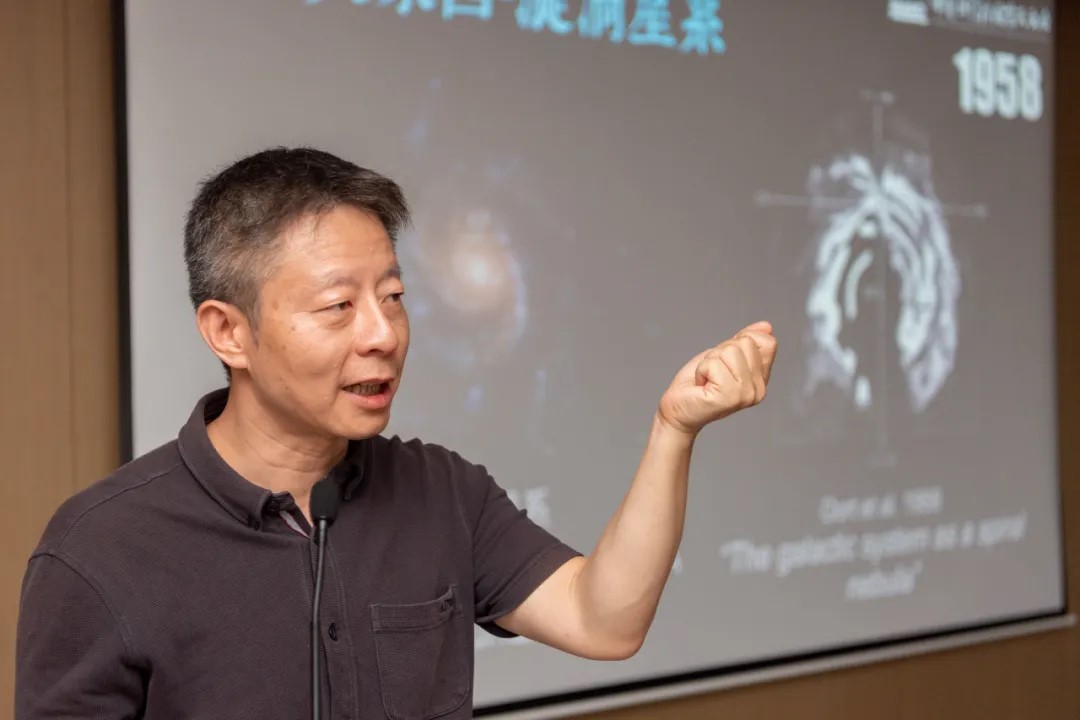
From being the deputy chief engineer of FAST to the chief scientist, LI Di undertook many construction and management tasks while achieving scientific breakthroughs, including the purchase and deployment of the supercomputing system, welding transmission fibers, and making the office area greener. On September 19, 2016, during the first test of the entire FAST system, the first pulsar discovered by mankind in 1967 - number CP1919 - appeared on the interface of FAST, which proved that the facility was ready to be operational. "The moment FAST caught the signal of this pulsar, we were surprised and thrilled. It is not easy for a complex scientific system like FAST to operate smoothly right after construction," said LI Di. He still cannot conceal his excitement today.
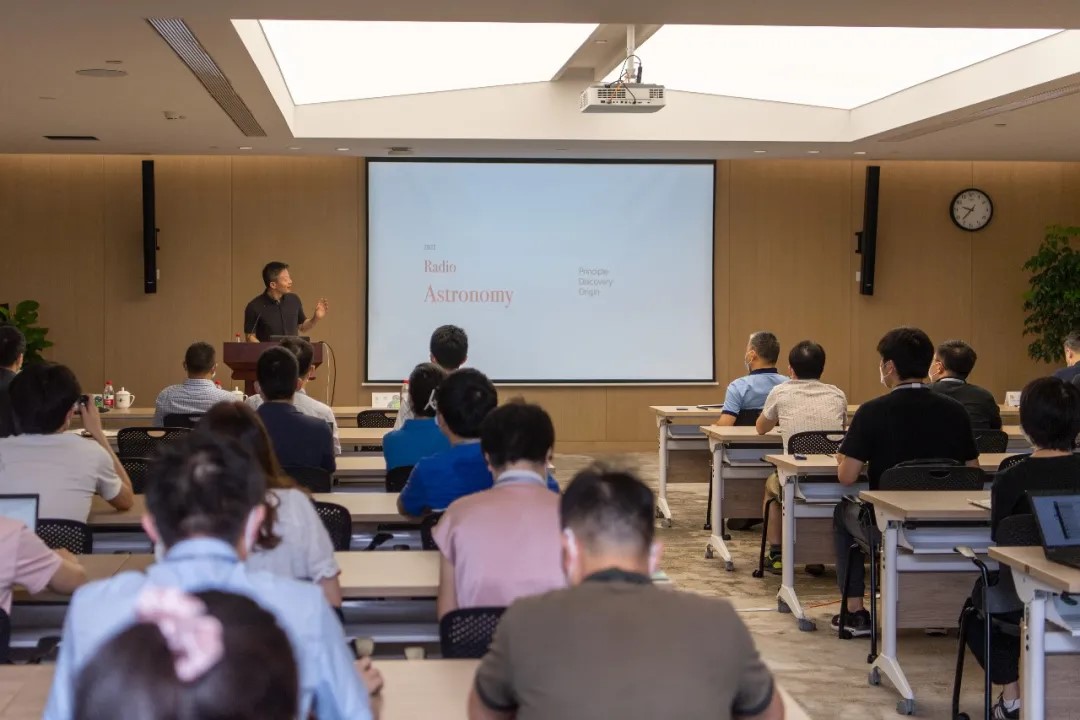
On October 10, 2017, the first batch of research outcomes of FAST were officially announced to the public. After data processing, FAST detected dozens of high-quality pulsar candidates, and six of them were certified as new pulsars after verification by other telescopes. In particular, the first and second pulsars that were discovered are about 16,000 and 4,100 light-years away from Earth. The People's Daily commented that FAST "opens up a new era for China to enable original discoveries through mega-science facilities based on radio wavelength bands." As of May 2021, FAST has discovered more than 370 pulsars and achieved a number of major breakthroughs in fields such as fast radio bursts.
With the efficient operation of FAST, LI Di now has new concerns. "The essence of radio astronomy lies in the processing of captured extraterrestrial signals. With FAST acquiring massive amounts of data every day, we need more intelligent and efficient computational methods to help us identify and extract useful data for scientific research," said LI. According to him, to explore the space using radio wavelength bands, we need to combine cutting-edge technologies in computational science and apply innovative software and hardware. "We look forward to creating new possibilities based on intelligent computing for processing cosmic data and exploring the mysteries of the universe," said LI.














